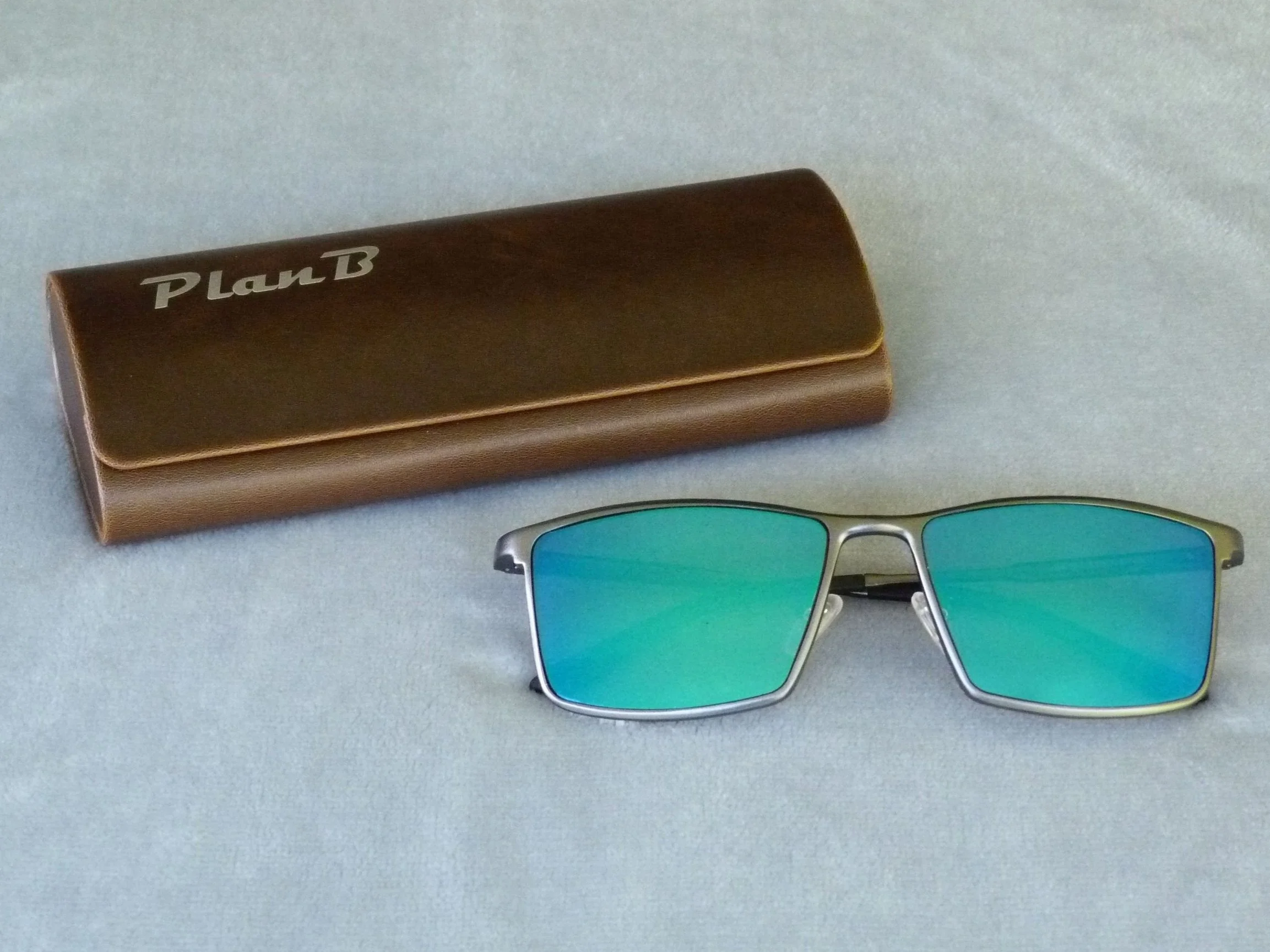SUNGLASSES
Radio Sailing has very specific vision requirements that are different from other sports. We want clarity and depth perception from 20 to 80 metres. We usually sail in bright conditions over sparkling water and need good vision not only for race starting, mark rounding, tactical maneuvers, sail trim and depth perception, but also for observation of wind and water conditions. We want a high standard of vision throughout the day and without it we can be disadvantaged.
The selection of our sunglasses is usually made off the rack, considering style, comfort and price. The choices we can make and prices we can pay seem almost limitless and without reference to any easily perceived quality. It is difficult to make an objective decision.
With knowledge, the sunglasses we wear can be chosen and configured to improve our sailing performance. We can research lens materials, tints and treatments, ask and consider advice. We should take the time to enquire. Some off the rack ‘glasses might be good, those of premium brands certainly are very good, but still we can buy better for our purpose.
Most of us have some vision discrepancy, slight myopia, presbyopia or astigmatism and even those tested with better than 20:20 vision at the standard 6 metres might not have clarity at our racing course distances. Without seeking unfair advantage, we want every vision correction possible for distant R/C sailing.
We should firstly arrange an eye test, speak with our optician, exactly describe our intended use, carefully consider the advice given and obtain our specific ‘glasses prescription before buying our sailing sunglasses. We might not need lenses made to an optical prescription for normal wear, but we want the little extra that they can give to our racing results.
The ‘glasses should have lenses of the best quality and when bought carefully kept for our Radio Yacht Racing only. We want them clean and without blemish. They are as important, maybe even more so, than any other piece of our equipment.
From extensive professional advice and from experience, this is a brief summary of what I have learnt and confirmed to be ideal specifications for Radio Controlled Yacht Racing sunglasses.
Single vision, wide field, distance prescription ‘glasses are ideal.
Allow as much light transmission as is just comfortable. Photochromic lenses adjust to the conditions.
Choose optical lenses for better clarity: Mineral glass, CR-39 or MR-8 (Trivex) resins.
Amber coloured lenses give heightened definition.
Polarised and mirrored treatments reduce glare but also reduce light transmission.
Anti-reflective (AR) rear coating reduces reflected glare.
Large, wrapped lenses with a base curve of 8 or 6 reduce side and low glare.
Select UV 400 rated lenses for eye protection.
Light-weight, matte-finished frames for comfort.
Beyond a certain intensity our eyes perceive light as glare. The glare can be from direct sunlight or reflected light from wave faces and other surfaces. Sunglasses are worn to reduce the glare to a manageable level. Darkly tinted lenses are comfortable to wear but greatly restrict our vision, particularly of wind on the water surface, because they reduce all light. Yellow tints will reduce blue ‘blurr’ light to enhance definition, but can be tiring to wear over time. Polarised lenses restrict mainly glare from horizontal surfaces while Mirrored lenses restrict glare from all angles equally. Anti-reflective rear coated lenses restrict light reflected into the eyes from the side. Sports sunglasses might have high-impact plastics lenses of lesser clarity. Reflection from gloss frames will burn the skin.
There are decisions to make and much will depend upon each person’s subjective preferences. With reference to all of the foregoing, my recommendation is for you to buy the very best pair of prescription, driving sunglasses that you can.
My personal choices are firstly my Serengeti premium brand single long vision prescription sunglasses with lens base curve 8, polarised, photochromic category 2 -3, amber tinted MR-8 lenses and secondly my specifically configured Plan B single long vision prescription sunglasses with rectangular, non-polarised amber tinted category 3 and lightly blue mirrored MR-8 lenses. For scoring and volunteer duties I use sunglasses with polarised amber tinted multi-vision progressive lenses.
Peter
